Why Automate Machine Tending with Robots?
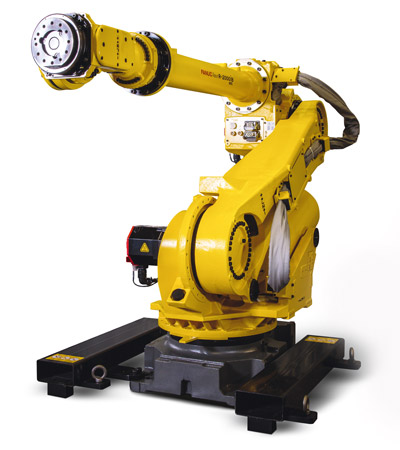
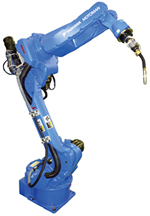
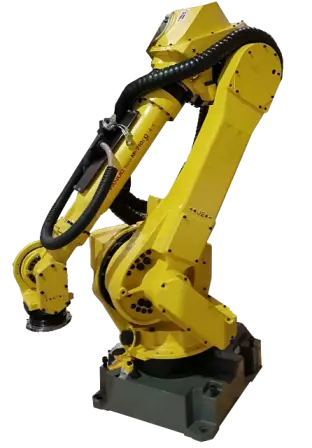
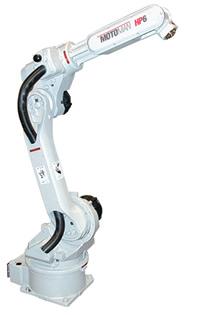
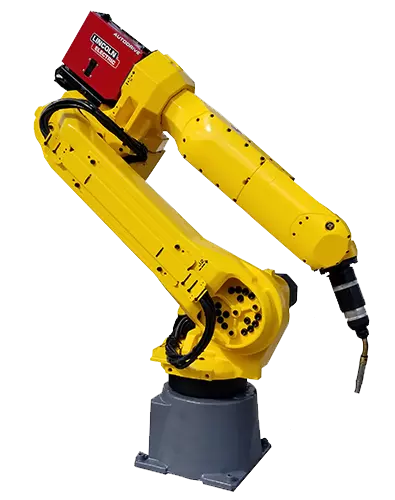
Machine tending is a manufacturing process that involves the loading and unloading of machinery as well as the operating of that machinery. In most cases the type of machinery being tended to are CNC (computer numerical control) machines. The machinery being tended are typically used for grinding, milling, injection molding, stamping, trimming, or compression molds.
Manual machine tending is quite common. However, it is dangerous, error prone, and inconsistent. Fortunately, machine tending can be successfully automated with industrial robots. Machine tending is highly repetitive making it one of the least desirable jobs for workers. Industrial robots on the other hand, thrive while performing repetitive tasks. Both articulated and collaborative robots are commonly used for machine tending automation. The FANUC M-10ia is ideal for machine tending with its compact footprint which allows it to be easily integrated next to machinery.
Reasons to Automate Machine Tending with Robots
- • Increase Uptime - Automating machine tending will significantly increase production uptime. The Motoman Mh24 can operate around the clock. The only time articulated robots need to stop is for maintenance which only happens periodically. Workers require breaks, become distracted, tire, and work limited hours, making it impossible to achieve the same uptime as automated systems.
- • Greater Reliability - With industrial robots you will have reliable and consistent machine tending. Manual labor can be inconsistent and unreliable with unexpected time off for illness or injuries. Worker turnover can also cause disruptions to operations. With industrial robots they are always there and operating. Disruptions to production become rare with robotic automation.
- • Higher Productivity - With greater uptime and reliability, there will be major productivity gains with machine tending robots. The longer and more consistent operation of robots allows for more parts to be processed. Robots also operate at much faster speeds than humans for greater throughput.
- • Safer - Machine tending can be a dangerous job for humans. It can involve workers having to load and unload parts from hot machinery or machinery with with sharp tooling. Burns and cuts may be common for workers along with stress injuries due to repetitive motions and lifting. Robots are better equipped to handle hot or dangerous machinery as there is no risk of harm for them.
- • Reduces Costs - Automating machine tending can lower your labor, material, and utility costs. Salary, benefits, and worker compensation costs are reduced by replacing workers with robots. One ABB 2600-20 can tend multiple machines, streamlining production lines. Errors are eliminated which prevents rework and material waste. Robots do not require the same lighting or heating/cooling as humans, helping to cut down on utilities.
- • Combat Labor Shortages - Many manufacturers are having a difficult time finding qualified labor causing significant worker shortages. Automating machine tending with industrial robots will combat labor shortages as well as help mitigate any future turnover.
- • Greater Repeatability - Industrial robots are designed for high repeatability. They are incredibly accurate and can replicate steps and movements precisely over and over. Humans on the other hand do not excel at repetition. Errors in the machinery process are prevented with the repeatability of robots, improving the quality of products manufactured.